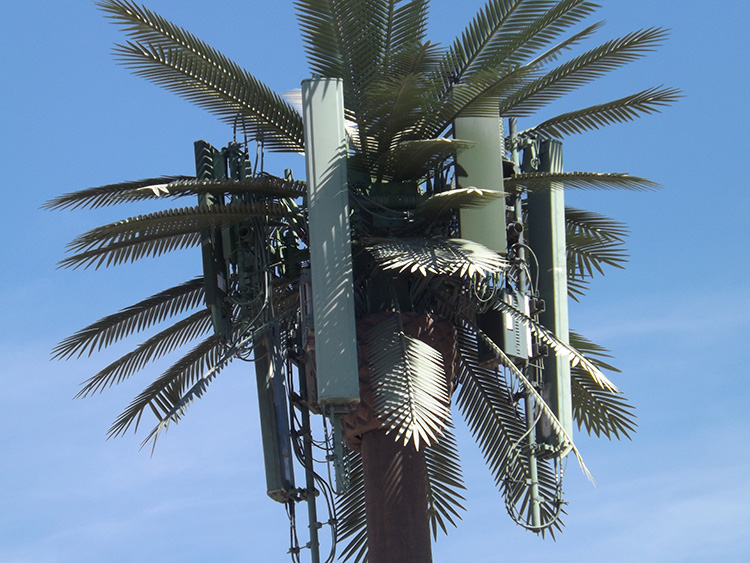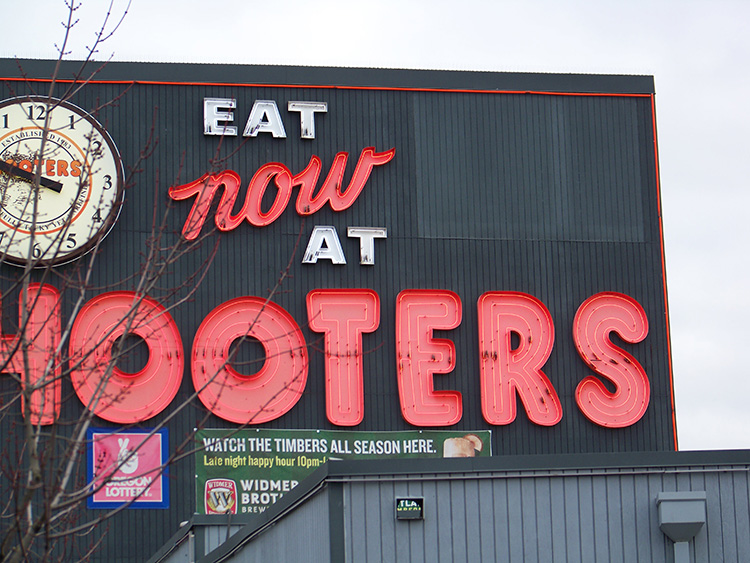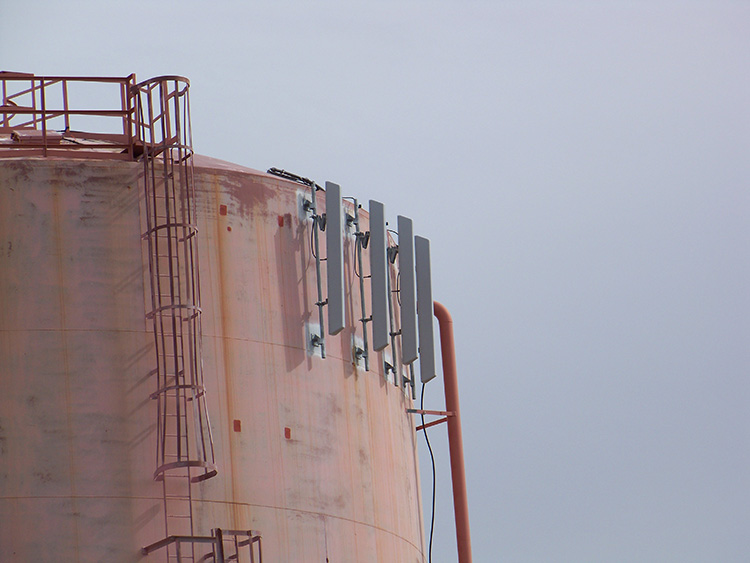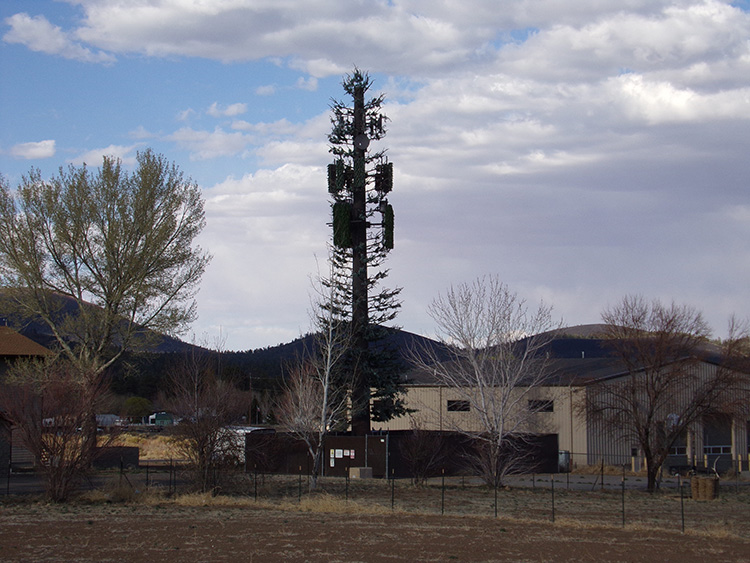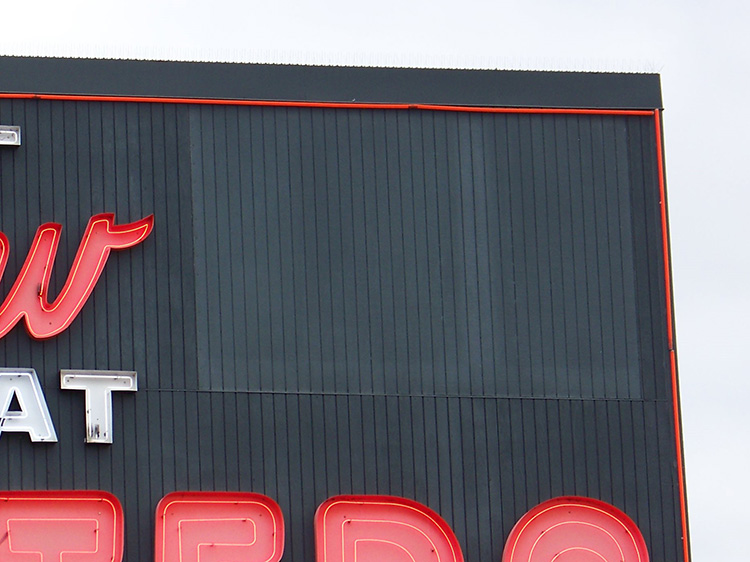As crucial as utilities are, they can be very unsightly, especially to the general public. The first big push to make utilities less visible was in the 1920’s when cable utilities in urban areas were being buried underground far more than had ever happened before. Another big push came in the 1960’s. Yet, as much as cable utilities are more likely to be buried now than ever before, what is not buried are the utility features.
There are companies today which produce various camouflaging for electric transformers, gas meters, and other visible features. These are commonly made of a plastic/fiberglass material, are very lightweight, and made to look like decorative boulders or some other more pleasant item.
However, the most effort in camouflaging utilities has been focused on the one type of utility that has become the most unsightly, and the most complained about – cellular sites. I want my cell phone to work wherever I go, but I don’t want to see the structures which are mandatory in order to make it work.
Disguised cell sites can be hidden in many ways. In some areas it may look more like a pine tree. In southern areas they are more likely to be disguised as a palm tree. They may simply be painted and attached to an existing structure, such as an oil tank. And in one example here the cell panels are hidden behind a cloth panel of a restaurant sign.




